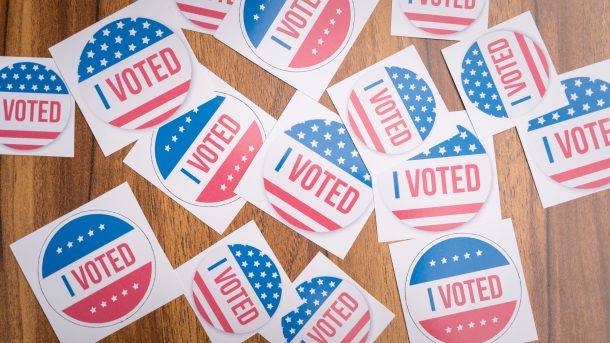It is that time of year again: the leaves are changing color, pumpkin-flavored lattes are back in stock and you’re inundated with political ads from all directions. This November you have the opportunity to cast your vote and participate in the hard-fought civic duty we call “the election system.”
Whether you’re a political novice or a die-hard political activist, your votes are worth the same. Here is how I research candidates and prepare to cast my vote on or before Nov. 8.
- First, understand your political beliefs and values. Some people have a clear-cut party belonging. Others fall somewhere in between on the political spectrum. The Pew Research Center quiz on determining your political typology is incredibly helpful. In this quiz, pick your stance on critical issues and topics that are politically relevant. With the information from this quiz, you can get your baseline that can broadly guide your electoral selection.
- Find out which candidates you are eligible to vote into office. Use the Sample Ballot Lookup from Ballotpedia. Simply enter your address and the site will construct a sample ballot with the candidates who are running.
- Conduct further research on candidates’ stances, voting histories and brief biographies. I often go beyond the Sample Ballot Lookup tool to study the candidates. I seek input and opinions from people I trust and whose advice I value. It’s essential to research all candidates and not pre-select them without the due diligence of investigation.
- Understand candidates’ views on issues important to dentistry. The legislators we elect have a direct impact on how we practice dentistry today and in the future. Use ASDA Action’s scorecard feature to see how your congressperson has voted on important dental issues such as the Oral Health Literacy and Awareness Act or the Ensuring Lasting Smiles Act. You can also see if your legislator has co-sponsored or demonstrated their support for various other dental-related bills.
- Construct your voting guide. This guide will list the candidates you choose for each respective office. Come Nov. 8, the guide will serve as your roadmap and provide confidence that you are electing the officials that best suit your political beliefs.
- Cast your ballot. Your options on how to vote and the voting regulation of your state are critical. Consult vote.gov to view your state’s rules. First, make sure you are registered to vote or live in a state that allows for same-day registration. Once registered to vote, you can determine how you want to vote. Depending on your state and your situation you may qualify for absentee balloting. This allows you to submit your ballot prior to the election date via mail. If you choose to vote in person early or on Election Day, vote.gov will provide your polling place location. Polling places are typically located near your permanent address.
The day arrives on which you are eligible to submit your ballot. You now feel confident and well-informed on the decisions you are making. The vote is cast and you participated in one of the greatest honors of living in a democracy. At this moment, you can feel proud that you have done your civic duty.
This November, the theme of Advocacy Month is Midterm Minute. ASDA is focusing on quick and easy ways to get involved with advocacy (sometimes it takes only 60 seconds). I hope this article gives you the framework and guidance to spend a Midterm Minute and make the most of your voting privileges. Check out what else ASDA has planned for the month.
~ Colton Cannon, Minnesota ’23, Immediate Past President







